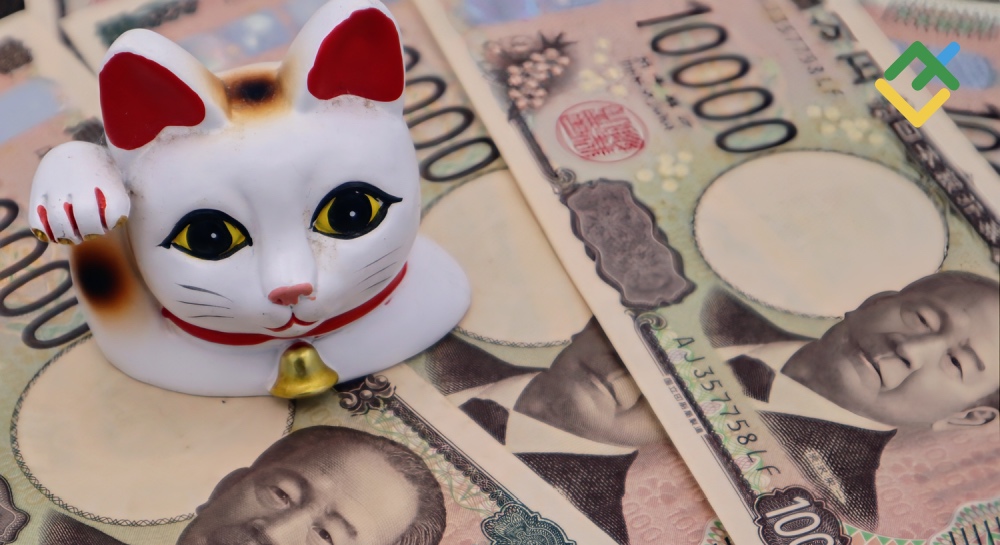The gold price today reached an eye-popping $3,340 per ounce, propelled by discrete, high-impact market events. Investors are naturally asking: Why is gold rising today? This surge isn’t generic—it stems from sharply escalating geopolitical and economic dynamics. Let’s break down the factors behind gold surge with specific real-world examples and strong data.
Global Tensions Ignite Safe-Haven Rush
Today’s jump in gold price reflects intense geopolitical instability. On June 13–14, Israel launched airstrikes on Iranian nuclear sites—sparking immediate global tremors. Oil jumped over 10%, inflation fears spiked, and gold surged as nervous investors flocked to safe haven asset demand.
In India, retail gold rates spiked ₹2,200 per 10 g in a single day—reflecting the crisis-driven retail panic. This wasn’t just Wall Street—millions worldwide sought refuge assets. Market watchers warned that regional conflict, shipping disruptions, and inflationary shocks would elevate real interest rates and gold premiums .
Fed Policy & Real Rates Press Gold Price Higher
Another core driver: negative real interest rates and gold gains. Despite a Fed funds rate of ~4.25–4.5%, high inflation (~3–4%) means yields are negative in real terms . This removes yield appeal from cash and bonds, pushing money into gold.
Bloomberg reports central banks are buying ~80 tonnes monthly—valued at ~$8.5 billion—signaling steady structural demand .This underscores institutional confidence in gold’s long-term value balancing amid negative real rates.
Moreover, ongoing chatter from Powell and Fed officials hint at potential rate cuts later this year. If implemented, that would deepen negative real yields, fueling further gold inflows. In 2025-to-date, gold’s year-over-year rise hit ~25–30%, with real yield drops explaining much of that rally.
Central Banks & De-dollarization Push Gold Price Demand
One of the most significant factors behind gold surge is central bank stockpiling. For the fourth consecutive year, gold reserves grew by over 1,000 tonnes annually—led by China, India, Russia, and Turkey . Bloomberg highlights hidden flows of 80 tonnes/month .
This deliberate move reflects a shift toward de‑dollarization amid mounting U.S. sanctions and geopolitics. Gold is increasingly seen as a strategic non‑USD reserve. These ongoing purchases structurally shore up price and deepen the safe haven asset demand narrative.
Trade Policy & Global Economic Friction
Trade tensions have resurfaced. President Trump expanded tariffs on the EU, Japan, China, India, and South Korea—reaching 145% in some sectors. Markets reacted sharply: gold spiked and volatility surged. Each new tariff announcement triggers immediate safe haven asset demand, sustaining rallies .
Uncertainty around a new U.S.–China deal also spurred caution. When expectations faded, gold climbed above $3,329. Retail and ETF investors took notice, increasing allocations to safeguard amid trade-policy unpredictability.
Dollar Movements & Currency Dynamics Affects Gold Price
The U.S. dollar has weakened ~8–9% YTD . Though it often moves inversely to gold, massive safe‑haven flows sometimes override that link. During Middle East crises, both assets rose—testament to unusually complex market dynamics .
A weaker dollar increases gold affordability globally, enhancing safe haven asset demand, particularly for emerging‑market buyers. With global de-dollarization underway, non‑USD gold demand grows, reinforcing upward pressure.
Inflation Trends & Portfolio Defense
Inflation remains sticky. U.S. CPI sits near 2.4%, core inflation at ~3.2%—elevated enough to remain concerning. Higher energy and wage-driven inflation signals rising purchasing pressure.
Gold thrives as an inflation hedge. Investors boost positions to guard against currency depreciation. Historically, gold protection aligns with periods where real interest rates and gold trends play out. In 2025, the pattern holds yet again.
What’s Next? Forecast and Strategy
Looking forward, experts like Goldman Sachs project gold touching $3,650–$3,950 if recession looms; Natixis sets 2025 average ~3,200 with upside toward $4,000 Investment firm SSGA sees gold’s price floor reset between $3,100–$3,500, with >30 % chance of a $4,000 bull scenario.
Key catalysts for continued rise:
- Escalating Middle East conflict → renewed safe haven asset demand.
- Federal Reserve cuts → deeper negative real interest rates and gold yield appeal.
- Sustained central bank accumulation and de-dollarization.
- Persistent trade tensions and inflation surprises.
Conclusion
The gold price surge to $3340 today reflects blended forces: sharp Middle East escalations, Fed policy pivot risk, record central-bank gold accumulation, tariff friction, and inflation pressures. Each factor behind gold surge is identifiable and research-backed.
Spot gold now trades at levels justified by these macro realities—driven by negative real yields, safe haven demand, de-dollarization, and inflation. Investors hunting balance in a turbulent world will likely keep returning to gold. While short-term pullbacks could happen, the structural case supporting gold remains powerful.
Click here to read our latest article How to Trade XAG/USD vs. XAU/USD and What’s the Difference?
This post is originally published on EDGE-FOREX.




